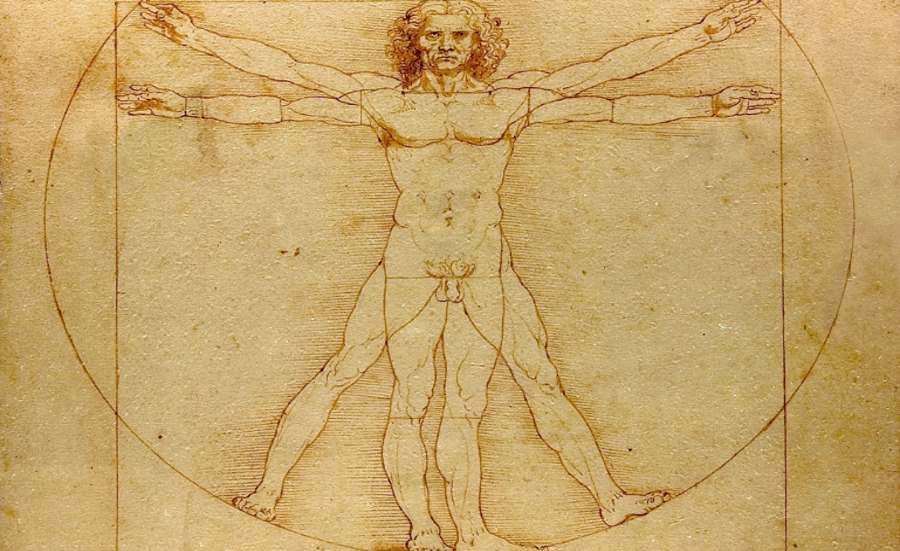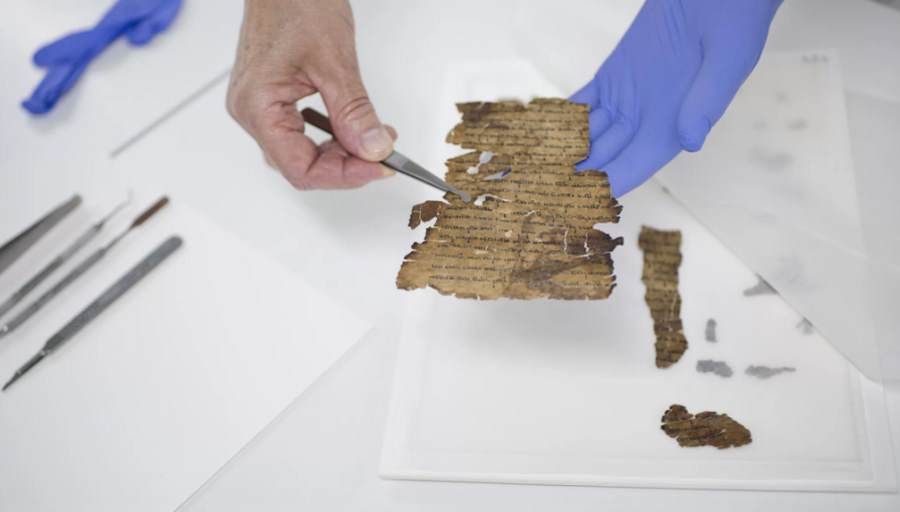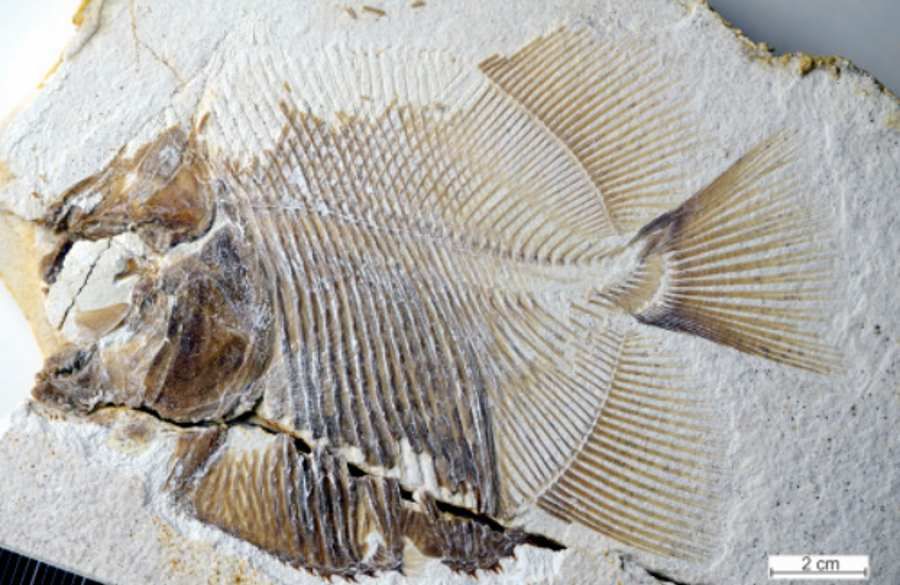Surprising research on Leonardo da Vinci. The master had strabismus and it helped him create masterpieces?
Researchers, after careful analysis of several works by Leonardo da Vinci, have concluded that the artist most likely had divergent strabismus. The disease, according to scientists, allowed him to look at the world from a different perspective and paradoxically helped him create masterpieces.
Leonardo da Vinci – painter, inventor, politician, and one of the most colorful figures in art history – m head have a fairly rare eye disorder. Researchers from the City University of London have diagnosed the Renaissance master with divergent strabismus. This condition, according to researchers, may have given him an extraordinary ability to reproduce tr jdimensional shape in his works.
The surprising thesis was put forward by Professor Christopher Tyler, who After analyzing several portraits and self-portrait in discovered Leonardo da Vinci’s eye disorder. Strabismus manifests as a weakening of the muscles inside the eye, resulting in a change in the angle of one eye in relation to the other.
– Looking at his works I noticed a clear divergence of eyes of the characters appearing in them – admitted the scientist.
The results of the researchers’ analysis appeared in the journal "JAMA Ophthalmology".
The condition can cause some difficulty, depending on the severity of the defect, in driving a vehicle The fact that the protein was a strabismic element in the body of a human being may also facilitate certain activities related to spatial imagination, such as painting or painting bka graphics tr ndimensional.
Professor Tyler made his discovery by analyzing the direction of the gaze in six masterpieces believed to be portraits or self-portraits by Leonardo da Vinci – dw ch sculptures, dw The images and the two The drawings (m.in. Vitruvian Man or Salvator Mundi, which ry is the most expensive painting ever sold, costing more than 400 million in the dollar ). After careful study, he found that the gaze on the works diverges from side to side.
Measurements made by Tyler suggest that da Vinci had so-called. periodic strabismus, which allowed him „switch” between the use of two of the eyes, or stereoscopic vision, which re provides deeper perception, and monocular vision, when he wanted to interpret tr A two-dimensional image on a flat, two-dimensional plate tnie.
– It is believed that several great artists In his works, like Rembrandt and Picasso, he also had strabismus and it seems that da Vinci r he also had it – said Tyler. He added that the condition may explain the artist’s wonderful ability to depict tr jdimensional shape in his works.
The researcher’s measurements showed that da Vinci had divergent strabismus, meaning that one of his eyes, exactly the left eye, escaped outward, and the average magnitude of the deviation was 10.3 degrees.



